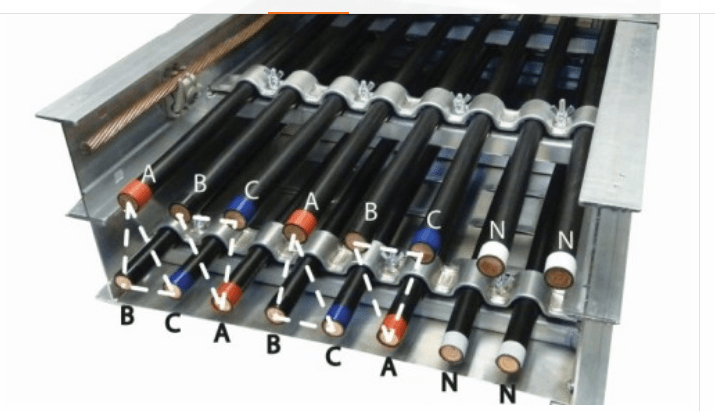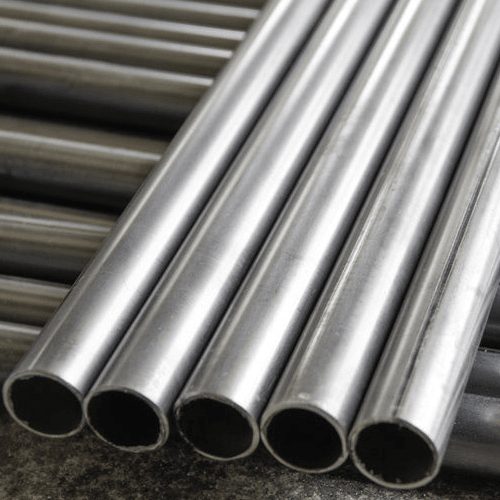Wire sizes and skin effect.
As the cross sectional area of a wire increases, the surface area increases as the root of the area.
If the cross sectional area is quadrupled, the surface area is doubled.
The ampacity of a wire or cable is related to the operating temperature and that in turn is related to the surface area available to radiate heat.
Example: #2 AWG has a 90 degree C rated ampacity of 130 Amps in a cable or raceway.
#2/0 AWG double the cross sectional area and has a 90 degree C rated ampacity of 195 Amps in a cable or raceway.
The reduction in ampacity per unit area accounts for both heat rejection and skin effect.
Skin effect is not that great at 60 Hz and non existent on DC.
Battery cables are stranded for flexibility, not skin effect.
Skin effect is due to self induction caused by changing magnetic fields. There is little difference in the skin effect between stranded cable and a solid bar.
Comparing building wire constructions, seven strand wire may have the least skin effect due to the size of the voids which will somewhat mitigate the magnetic field effect, while fully compacted strands will be the worst, roughly equivalent to a solid bar.
Litz wire is used in electronic circuits to mitigate skin effect. Litz wire is used for very low currents and very high frequencies. Skin effect increases with increasing frequency.
Litz wire is composed of a large number of individual, insulated strands. The current in the individual strands is low enough that the space afforded by the insulation mitigates the magnetic self induction between the individual strands.
We have over a hundred types of litz wire in stock. They contain 5 to 1650 strands of AWG 48 to 28 (0.03 mm to 0.31 mm)
For a quality connection, the insulation must be removed from each strand before terminating.
On 60 Hz circuits skin effect becomes an issue when the current is in the order of thousands of amperes.
It may be mitigated by multiple condustors spaced 2" or more apart or by hollow bus bars. Aluminum or copper pipe in iron pipe sizes is often used as bus bars for high currents in substations.
See "Cable Bus":
Cable bus may be supplied with more than two layers of cables.
See IPS Bus (Iron Pipe Size)
Bottom line;
Don't worry about skin effect.
But, if you need flexibility for charging vehicles consider
Diesel Locomotive Cable (DLO) It is flexible and much more robust than battery cable.
Bill
--------------------
Ohm's law
Not just a good idea;
It's the LAW!

